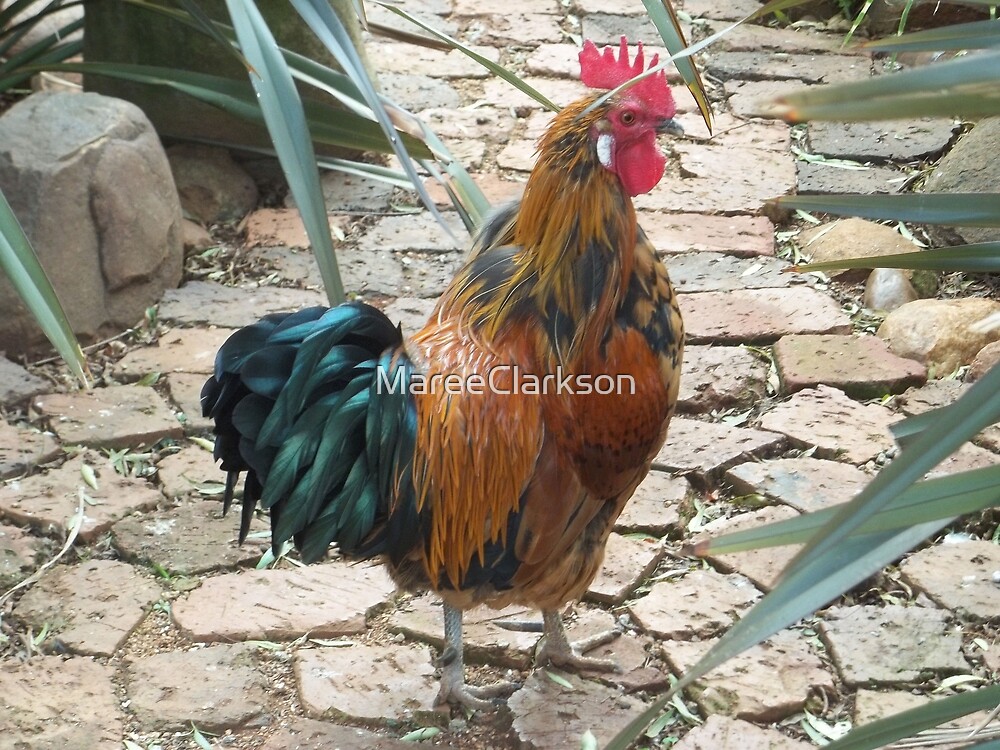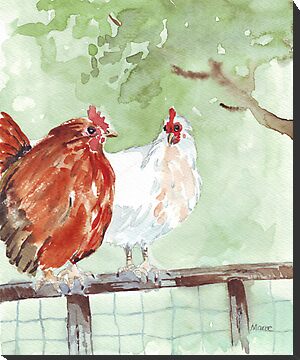Hawk moth caterpillar in a pot of Arum Lilies, now stripped of their leaves - Pic taken in my daughter's garden in Ballito, KwaZulu Natal, South Africa
This is the caterpillar of the Hawk moth, (family Sphingidae), also called sphinx moth or hummingbird moth, sitting on the left-over stalk of an Arum Lily. Butterflies and moths, as innocent as they appear, have a definite sting in the tail. To enjoy their intricate colours, their delicate dips and swings across the sun-kissed garden and their evening hovering among scented blooms, we have to live with their myriad off-spring which chomp, chew and generally deface our carefully tended plants, shrubs and trees.

One of the most voracious of these is the caterpillar of the Hawk Moth, which can strip a plant of all its leaves in a matter of days. The Arum lily is one of the host plants for Hippotion celerio, commonly known as the Silver-striped Hawk Moth or Grape Vine Hawk Moth. This is an exceptionally handsome, neat looking moth with a wingspan of 76 mm and longitudinal pale brown and olive-brown stripes along the body and wings. The Arum lily is one of the host plants for this moth. These moths are widespread and abundant in Africa, breeding along the North and East coast and subsequently colonising southern Europe.
Hawk moth caterpillar in a pot of Arum Lilies, now stripped of their leaves - Pic taken in my daughter's garden in Ballito, KwaZulu Natal, South Africa.
This resident moth flashes reddish-brown patches on under-wings if disturbed. The wings can sometimes have a pinkish/purplish tinge. Adult, with a wingspan of 6.5 - 9cm, can be seen flying between May and early August.
Hawk Moth caterpillars are medium to large in size, with stout bodies and five pairs of legs. Usually the hawk moth caterpillars’ bodies lack any hairs (he/she was beautifully smooth to the touch!, and most species have a ‘horn’ at the posterior end (seen in the top photograph). Many are greens and browns, and have counter-shading patterns that help to conceal them.
Female hawk moths lay translucent greenish, flattened, smooth eggs about the size of a tomato pip. These are usually laid singly on host plants and take between 3 to 21 days to develop. Most species are capable of producing several generations each year if weather conditions suitable.
The eggs hatch out into pale green caterpillars about a centimeter long. They hide under the leaves during the day but eat ravenously and grow at an alarming rate at night. As they grow their colour darkens darkens slightly and they lie along the upper stem of the arum where they blend perfectly.
A week or so later the teeny, cute little green caterpillar will be staunch 7 or 8 centimeters long, turn brown and descend to the base of the plant where once again it will blend perfectly with its surroundings. Here it may spend the day in hiding, creeping up during the night to continue its depredations.

Next morning - Hawk moth caterpillar resting on the edge of the plant pot
The damage to the arum lilies was the loss of their leaves which admittedly hindered their growth but they recover. To save your Arums, visit them regularly and check for eaten leaves and along the stems, where you will find the culprits.
Before you go on the rampage, consider the results of your actions.
So now it's up to you. You may decide to pick off and destroy both the eggs and the caterpillars, but bear the results of this action in mind: birds will find less food in your garden and may leave to find food elsewhere, night blooming flowers will not be pollinated and bats will be deprived of a protein packed 'snack on the wing'.
Although appearing delicate, the eggs are surprisingly strong and difficult to crush.















